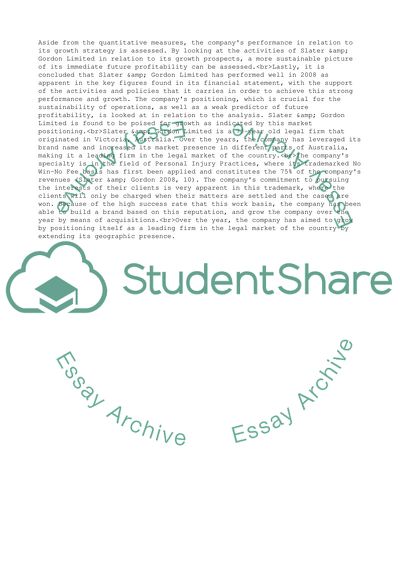Cite this document
(Slater & Gordon Limited Case Study Example | Topics and Well Written Essays - 2500 words - 1, n.d.)
Slater & Gordon Limited Case Study Example | Topics and Well Written Essays - 2500 words - 1. Retrieved from https://studentshare.org/business/1726832-corporate-accounting
Slater & Gordon Limited Case Study Example | Topics and Well Written Essays - 2500 words - 1. Retrieved from https://studentshare.org/business/1726832-corporate-accounting
(Slater & Gordon Limited Case Study Example | Topics and Well Written Essays - 2500 Words - 1)
Slater & Gordon Limited Case Study Example | Topics and Well Written Essays - 2500 Words - 1. https://studentshare.org/business/1726832-corporate-accounting.
Slater & Gordon Limited Case Study Example | Topics and Well Written Essays - 2500 Words - 1. https://studentshare.org/business/1726832-corporate-accounting.
“Slater & Gordon Limited Case Study Example | Topics and Well Written Essays - 2500 Words - 1”, n.d. https://studentshare.org/business/1726832-corporate-accounting.


